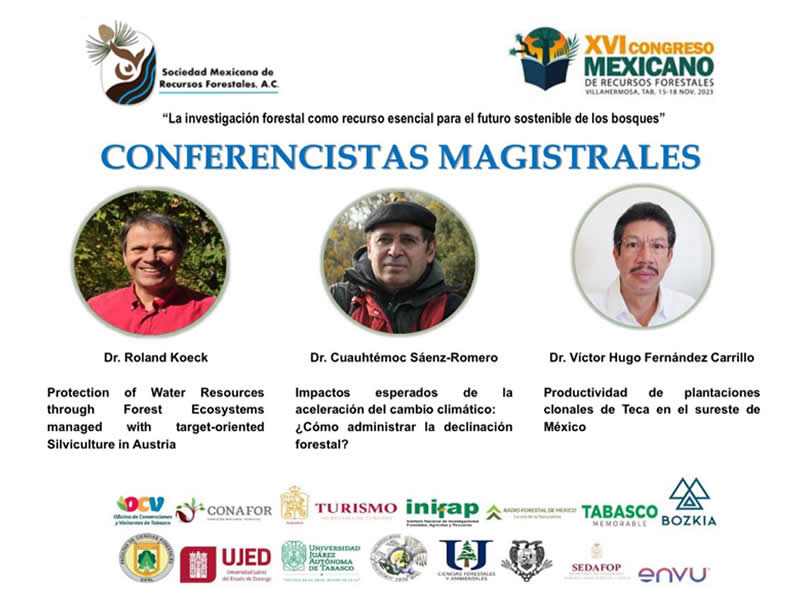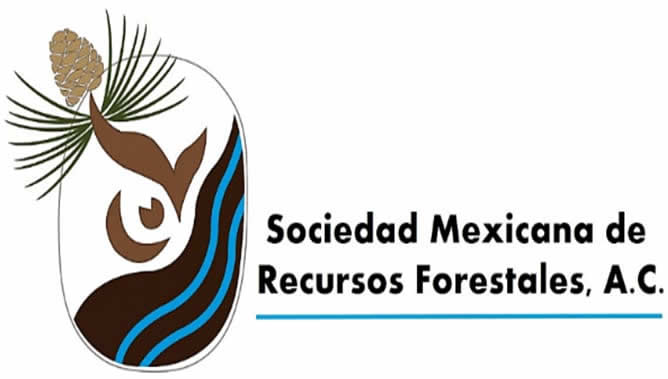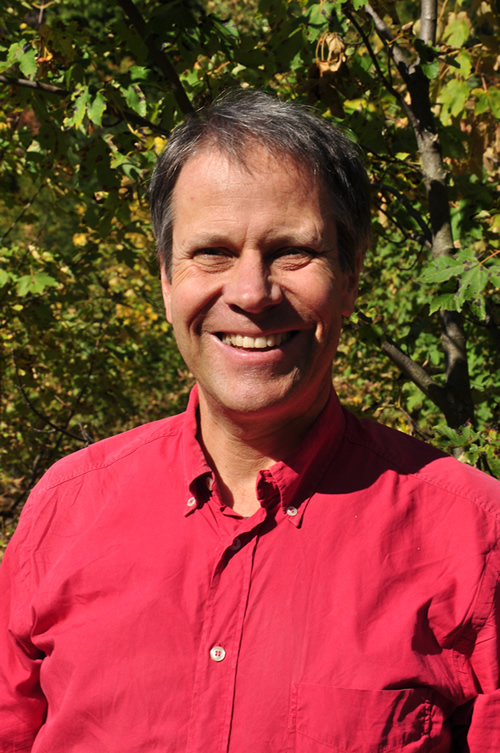

Protection of Water Resources through Forest Ecosystems managed with target-oriented Silviculturen
Roland Koeck1, Gerhard Kuschnig2, Eduard Hochbichler1
1 Institute of Silviculture, Department of Forest- and Soil Sciences, University of Natural Resources and Life Sciences – Vienna, Peter Jordanstr. 82, 1190 – Vienna, Austria
roland.koeck@boku.ac.at
2 Senior Scientist, Specialist for Geology and Water Supply Systems, 1050 – Vienna, Austria
- Resume:
The protection of water resources through forest ecosystems is crucial for many water supply systems in the world. The related water protection zones (WPZ) in several cases extend widely and are covered with forests. In Austria, the City of Vienna and other municipalities have cooperated to improve the water protection functionality of forest ecosystems in their WPZ. With regard to this purpose, concepts and strategies were elaborated. The Viennese WPZ is situated in the north-eastern Alps and extends over 1000 km2 where more than 70% are covered with forests. The water supply system is based on karstic springs. To guarantee the high quality of the water resources, forests have to be stable to protect karstic soils and aquifers. The stability and resilience of forest ecosystems also depend on tree species diversity. The Forestry Hydrotope Model (FoHyM) is based on forest site parameters and defines the spectrum of tree species diversity with best stability for each forest site. It is a spatially explicit model, information layers can be displayed as maps. Together with a Best Practices catalog (BPC) which was elaborated and adapted for each WPZ, FoHyM is an instrument to establish strategies for the protection of water resources. Based on those, target-oriented silviculture can be elaborated and applied in each WPZ. The advantage of the package FoHyM with BPC is that they are applicable worldwide. This because they always have to be specifically elaborated for each WPZ, based on the integration of the competence of local specialists.
- Keywords:
water resources protection, forest ecosystems, silviculture, Best Practices, Forest Hydrotope Model
Author's resume
-
+ 1984 Matura, general qualification for University Entrance, BG and BRG Leoben, Styria + 1984-1985 Civil Service + 1985-1996 Student of Forest- and Human Ecology at the University of Natural Resources and Life Sciences – Vienna, finalized with graduation as Dipl.-Ing. - with the Master Thesis “Plant sites in the Northeastern Limestone Alps of Austria, forest- and human ecological implications” + 1991-2000 Forest Site mapping of the water protection zone (WPZ) of the City of Vienna as mapping leader and author of the related reports (all published in the Austrian National Library). This forms the data base for the Forest Hydrotope Model in the related WPZ. + 1998-now Research Scientist at the Institute of Silviculture, Department of Forest- and Soil Sciences, University of Natural Resources and Life Sciences – Vienna + 1998-2000 Project “Forests and Water” on Mount Rax, in the WPZ of the City of Vienna + 2000-2003 Establishment of the Forest Hydrotope Model as tool, in the course of the project “Forest Development under climate change and Forest Hydrotopes in the WPZ of the City of Vienna” + 2003-2007 Project KATER II (Karst water Research, Interreg Cadses): Forest Hydrotope Model (FoHyM) creation for the WPZ of the City of Vienna + 2007-2009 Mapping of several forest areas in terms of forest site parameters, in the City of Mödling, Perchtoldsdorf and in the WPZ of the City of Vienna +2007-2010 Pine forest areas (Pinus sylvestris and Pinus nigra var. austriaca) in Eastern Austria and related silvicultural demands and implications + 2009 Graduation as Dr. rer. nat. tech. with the Doctoral Thesis “Forest hydrological aspects and silvicultural concepts in karstic alpine water protection zones of the Northeastern Limestone Alps of Austria” + 2009-2012 Project CC-WaterS (Climate change and impacts on water supply, Interreg SEE): FoHyM creation for the WPZ of the City of Waidhofen/Ybbs, FoHyM extension for the City of Vienna + 2012-2014 Project CC-WARE (Interreg SEE): Focus on water protection and climate change, creation of the first detailed Best Practice Catalogue for several land use types in WPZ + 2015 Project in Georgia, district Kazbegi: Estimation and mapping of afforestation potentials


